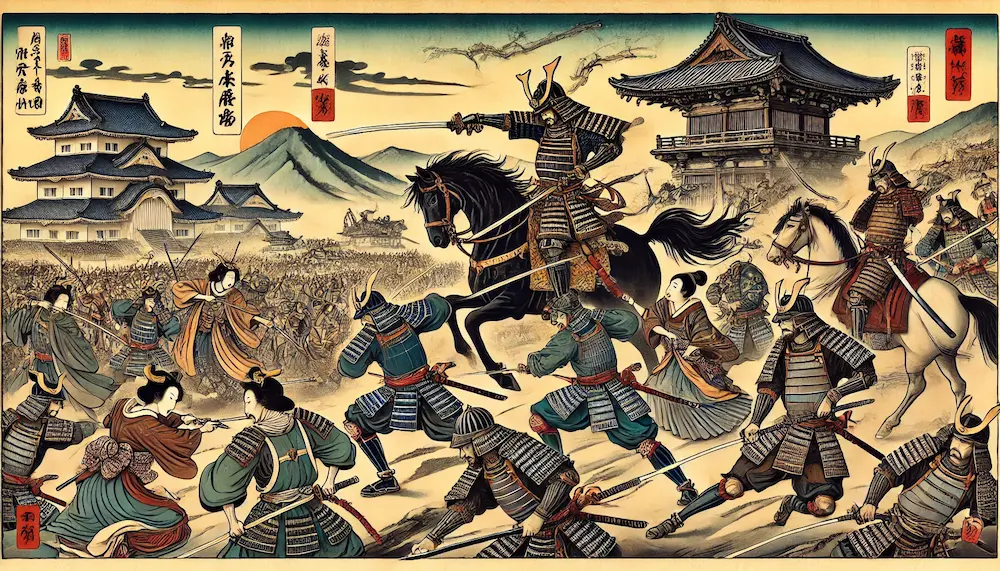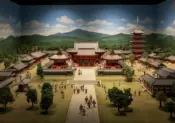The Kamakura Period in Kyoto: Discovering the Historical and Cultural Heritage (1185 – 1333)
The Kamakura period is a fascinating chapter in Japanese history. It began in 1185 when Minamoto no Yoritomo established the Kamakura shogunate. Although the political center was in Kamakura, Kyoto remained a significant cultural and historical hub. This article explores Kyoto’s role and transformations during the Kamakura period.
The Rise of the Kamakura Shogunate
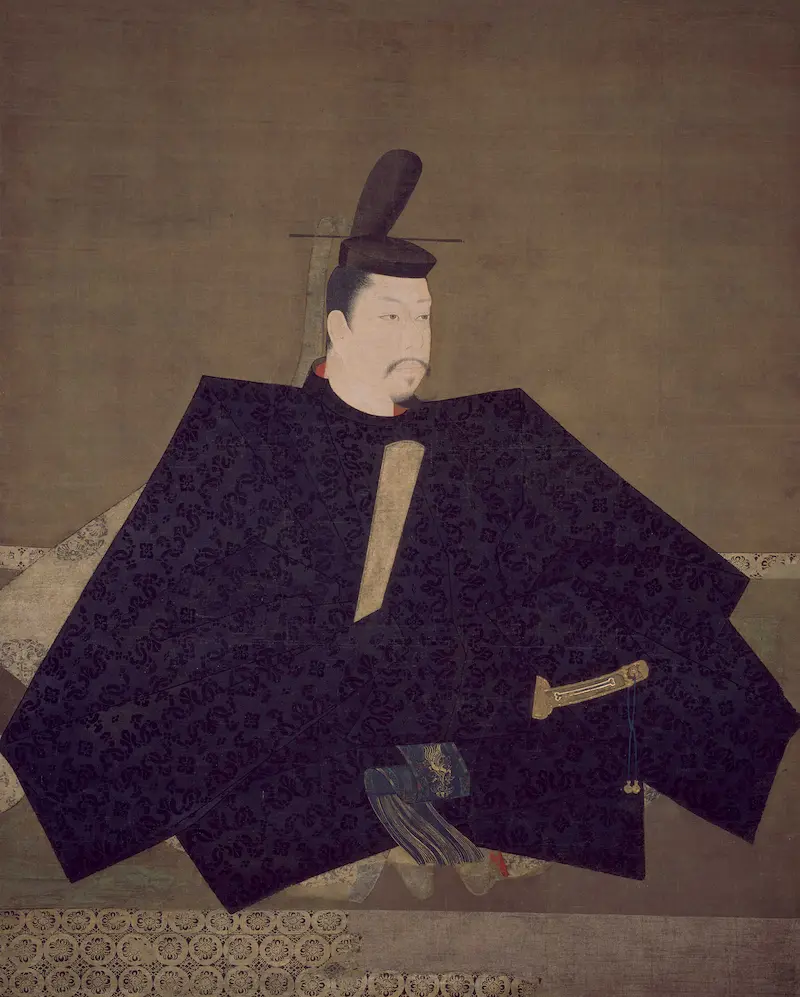
Minamoto no Yoritomo emerged as a powerful leader after defeating the Taira clan. In 1192, he was appointed Shogun, marking the start of the Kamakura shogunate. While Kamakura became the political heart, Kyoto retained its importance as the home of the imperial court and the cultural epicenter.
The Jōkyū Disturbance (1221)
One of the significant events during the Kamakura period was the Jōkyū Disturbance. In 1221, Emperor Go-Toba led a rebellion against the shogunate, hoping to restore imperial power. However, the rebellion was crushed, and Go-Toba was exiled. In response, the Kamakura shogunate established the Rokuhara Tandai, a military office in Kyoto, to maintain control over the region.
Society and Culture in Kyoto
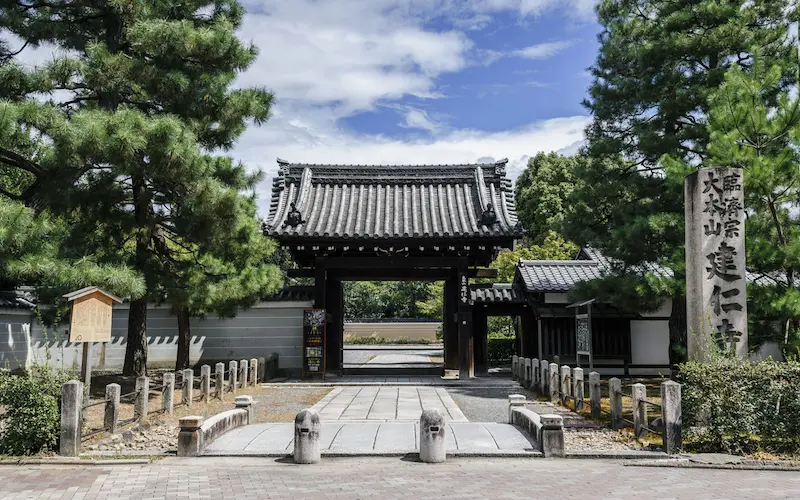
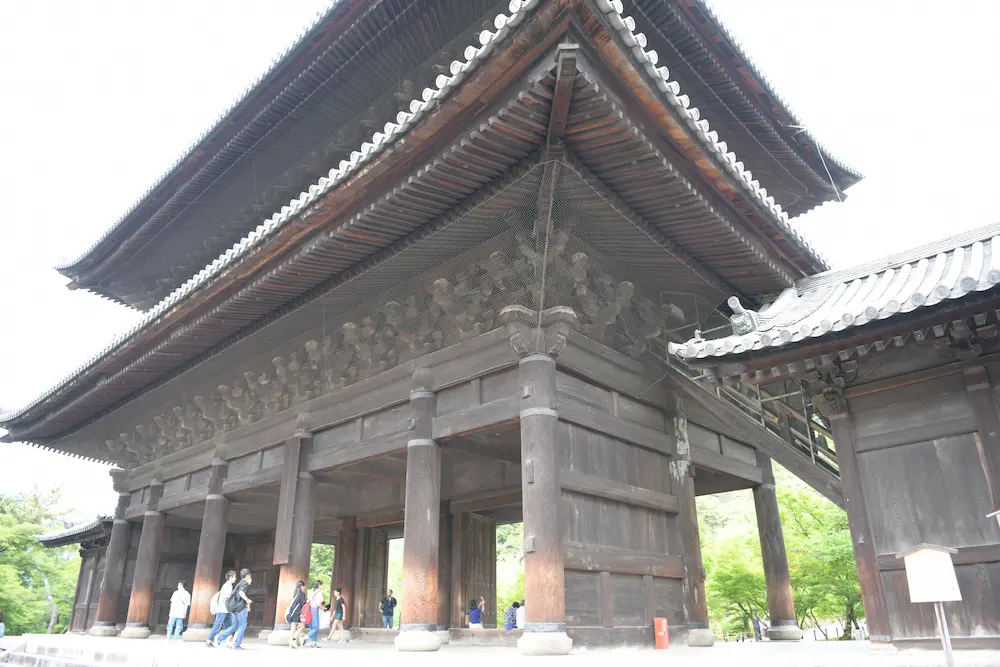
Kyoto during the Kamakura period was a blend of aristocratic culture and emerging samurai influence. The introduction of Zen Buddhism had a profound impact on the city. Several significant temples were founded during this time, including:
- Kennin-ji: Established in 1202, it is one of the oldest Zen temples in Kyoto.
- Nanzen-ji: Founded in 1291, this temple became a central figure in Japanese Zen Buddhism.
In addition to religious developments, the Kamakura period saw the flourishing of literature and the arts. Aristocrats continued to engage in traditional cultural activities, while the samurai class began to establish their cultural presence.
Kennin-ji
Nanzen-ji
Key Places and Events in Kyoto

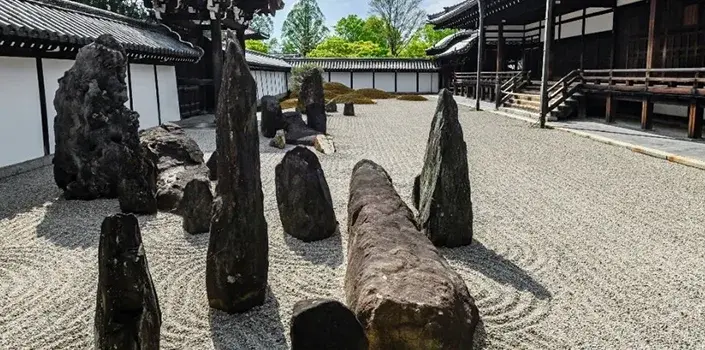
The Rokuhara Tandai played a crucial role in maintaining shogunate control in Kyoto. This office not only managed military affairs but also had significant influence over the administration of the city.
Important temples that were either established or significantly developed during the Kamakura period include:
- To-j: Although founded earlier, it continued to grow in importance.
- Tōfuku-ji: Established in 1236, it became a major Zen Buddhist temple.
To-ji
Tōfuku-ji
The Decline of the Kamakura Shogunate
The Kamakura shogunate eventually faced decline, primarily due to internal strife and external pressures. The Hōjō clan, who had become the de facto rulers, struggled to maintain control. This decline led to increased instability in Kyoto, setting the stage for the subsequent periods of upheaval.
Conclusion
The Kamakura period was a time of significant change and development for Kyoto. Despite the political shift to Kamakura, Kyoto maintained its cultural and historical significance. The legacies of this period, including temples and cultural practices, continue to shape the city’s identity today.
